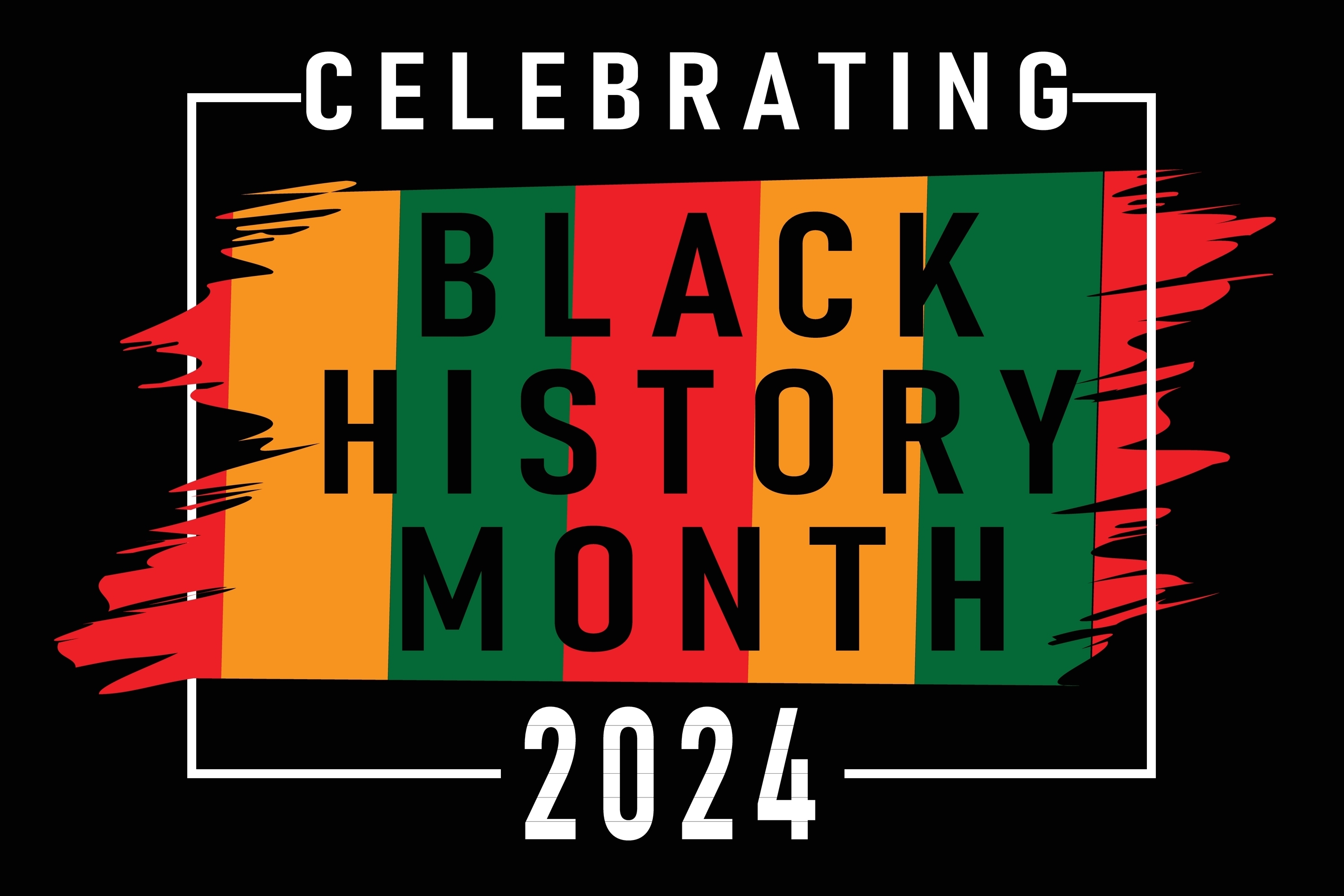Throughout history, African American artists, poets, writers, visual artists, and dancers have played pivotal roles as catalysts for change through their creative endeavors. Drawn from their ancestors' ancient rites of passage and the shared hopes of liberty, Black artists continue to fuse the rhythmic cadence of innovative expressions with the pulsating beats of progress. African American artists have expressed a collective belief in the power of performance to serve as a tool for liberation and personal, cultural, social, and political transformation.
Paul Robeson, Icon, actor, and activist became the first black actor to play Shakespeare’s Othello on Broadway in 1943, over a century after African American actor Ira Aldridge first played the role on the London stage. Both on and beyond the stage, Robeson used the role of Othello (which he first performed in London in 1930, and again for the third and last time in England in 1959) to advance the political struggle for racial equality. Robeson spoke out against racism and became a world activist, and was blacklisted during the paranoia of McCarthyism in the 1950s.
To further explore and discover the history of African Americans in theater, film, and television, the National Museum of African American History and Culture presents an exhibition called Taking the Stage. Taking the Stage provides visitors the opportunity to to reconnect with some of their favorite popular culture memories as well as to contemplate how the roles black artists played on the stage and screen reflected changing aspirations, struggles, and realities for black people in American society. Visitors gain an in depth look on how African Americans demonstrated their cultural impact, achievements, and illuminated their struggles for artistic freedom and equal representation.
